Introduction
The Great Plains of Turtle Island encompass one of the continent’s largest ecosystems: the Great Plains grasslands, once home to an estimated 30 to 60 million bison. In 2021, only an estimated 2,200 free-roaming Plains bison (Bison bison bison) and 10,000 Wood bison (Bison bison athabascae) remained in protected or wild areas, while 149,539 bison were reported roaming Canadian farms.
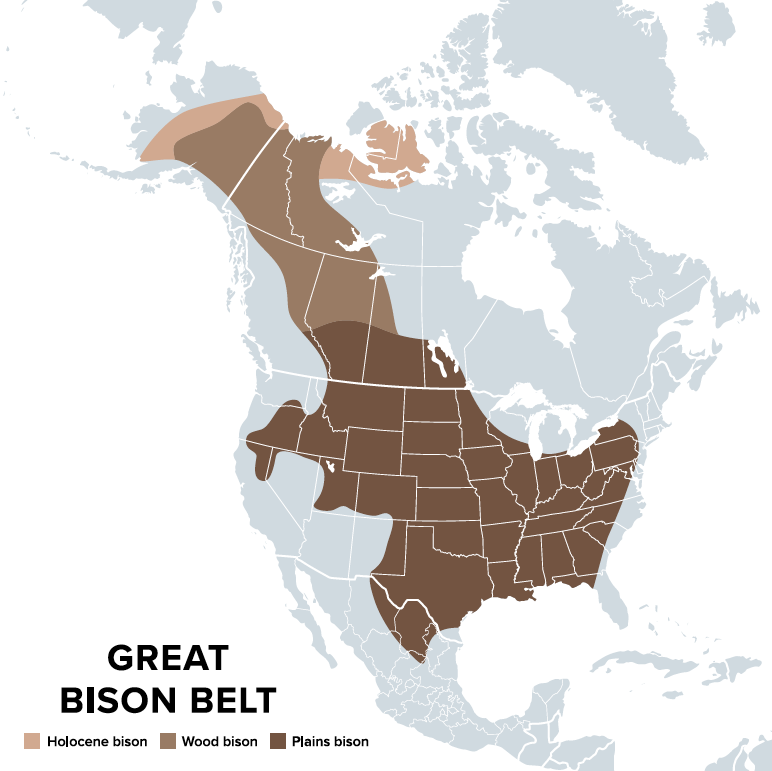
The loss of this species, particularly in the Prairies, is an incredible tragedy to the Indigenous populations of the region, who are closely connected to the bison economically, culturally, and nutritionally. The Indigenous Peoples of Turtle Island hunted and lived alongside the Plains bison for more than 10,000 years. Not only was this animal vital to sustaining health and nutrition, but the buffalo held profound spiritual significance, embodying the wholistic eco-cultural values of many nations. Its near eradication destroyed a foundational pillar of Indigenous life and accelerated colonial dislocation and trauma.
While “bison” is the correct taxonomic name, “buffalo” remains widely used across Turtle Island, especially among Indigenous communities.
Population Decline and Loss
The abrupt collapse of the final Plains bison herds in the late 1870s was caused by a multitude of factors. Environmental factors such as severe drought likely diminished the available forage for grazing. However, the arrival of white settlers in the area introduced the most significant drivers of population decline. The widespread use of firearms and horses during the bison hunts added significant pressure on the populations. Commercial and sport hunters, responding to the high demand for bison products in Europe, often disregarded Indigenous stewardship practices, such as selectively killing non-breeding individuals. Concurrently, the rapid expansion of cattle ranching introduced grazing competitors to the bison herds. Along with the cattle herds came a new array of livestock-borne diseases such as tuberculosis and brucellosis, further weakening the surviving bison populations. Additionally, the federal government’s desire to free up land for settler cattle farming, distance Indigenous Peoples from their food supply, and displace Indigenous nations to reservations was believed to be a motive for overhunting.
Impact on Indigenous Nations
Many Indigenous populations relied intensely on bison, as a single animal could yield an average of 400 to 550 lbs worth of meat. They also utilized their hides to make tipi covers, blankets, or bags, while their bones were often carved into tools. The decline of wild bison herds alongside the displacement of Indigenous Peoples from their lands made it difficult to maintain their traditional food systems and food sovereignty. The dramatic change in diet and food supply for Indigenous populations caused a rapid spread of illness and starvation in the region.
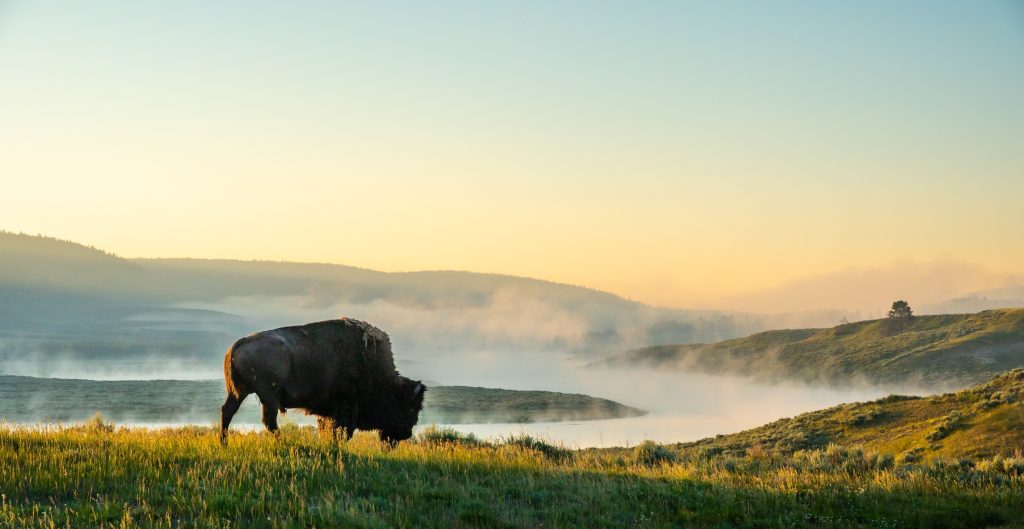
As children were forcibly taken to Residential Schools, Indigenous Peoples were also removed from their knowledge and deep connection to the land, severing the intergenerational transfer of knowledge surrounding the buffalo and sacred hunting practices.
The buffalo holds deep spiritual meaning within Indigenous cultures. Buffalo are often regarded as kin and referred to as “brothers”. They are interwoven within traditional stories and values as guides, teachers, and relatives. In Anishinaabe cultures, the Seven Grandfather Teachings hold the buffalo as a symbol of respect. The buffalo teaches us to respect the balance of the needs of others by offering every part of its body and spirit to sustain human life.
Fundamentally, the disappearance of wild bison in the prairies created a pivotal change in the power dynamic between First Nations and the Canadian state, and the balance between Indigenous and newcomer populations was drastically altered.
Ecological Impacts
The shift from Indigenous land stewardship to settler farming practices and cattle ranching disrupted many native plants, animals, water, and prairie ecosystems. The extermination of the Plains bison is recognized as one of the most profound environmental catastrophes to affect the grasslands. Historically, bison maintained ecological balance due to their dynamic patch-type grazing patterns. Today, with most bison confined by fences, the prairies have experienced an ongoing imbalance in the ratio of grasses, forbs, and woody plant populations, ultimately changing ecosystem dynamics with other species as well.
As a keystone species, bison have a profound influence on grassland structures. Their grazing may enhance or inhibit certain plant growths and positively affect soil chemistry upon death. Their wallowing, rubbing, and pawing create micro-sites that more than double plant diversity compared to cattle. The extirpation of the Great Plains wolf and the Plains grizzly bear in the nineteenth century was also a result of the decline of free-roaming bison.
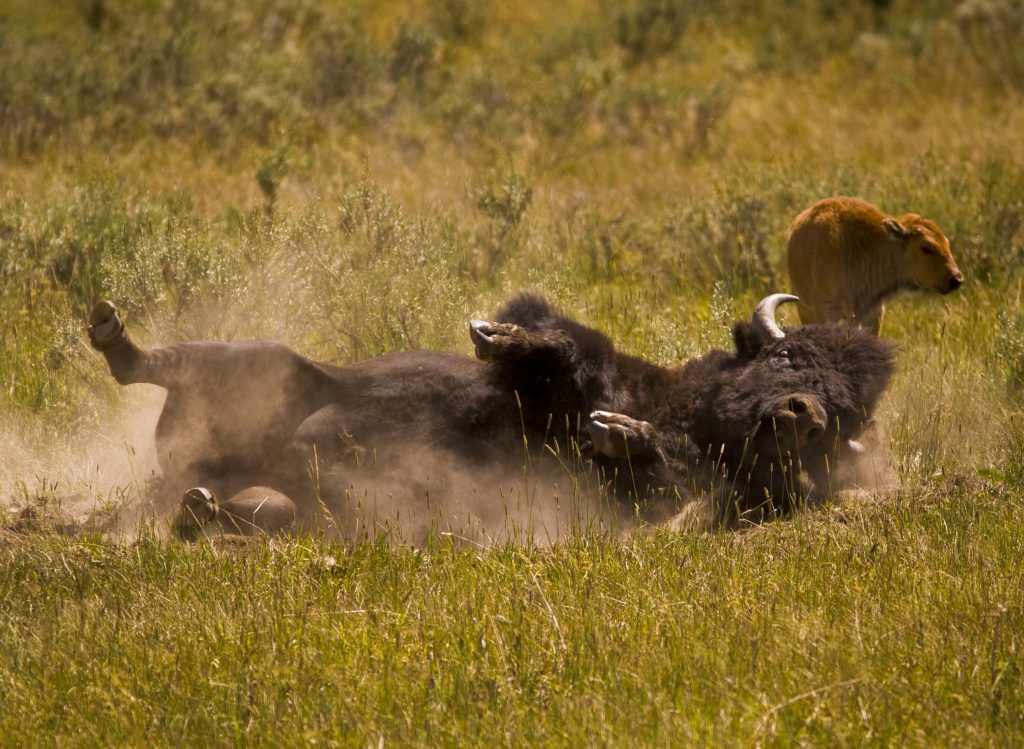
Recent efforts have been taken across North America towards the restoration of bison as a wild, free-ranging animal. The Buffalo Treaty was signed in 2014 to recognize bison as a pillar of Indigenous traditional and modern economics, as well as an essential foundation for future ecological sustainability.
Reintroducing Plains Bison to Banff National Park
A feasibility study was taken into consideration by Parks Canada, which identified Banff National Park as a suitable habitat for up to 1000 wild Plains bison. A reintroduction plan soon came to life and in 2017, 16 healthy Plains bison were translocated from Elk Island National Park. The project emphasized the weaving of Indigenous ceremonies and cultural knowledge with Western science. As of 2024, 130 healthy bison roam freely in Banff National Park. As the herd continues to grow, it is currently only the fifth free-roaming population of Plains bison in the world. This initiative, along with its upkeep, materialized with the collaboration of Stoney Nakoda Nations, Siksika Nation, Piikani Nation, Kainai Nation, Tsuut’ina Nation, the Ktunaxa and Shuswap Bands, the Samson Cree Nation, and the Rocky View Métis District of the Otipemisiwak Métis Government.

Bison Herds in Yellowstone National Park
Through the rapid population decline in the nineteenth century, the Plains bison population in Yellowstone National Park is the only herd to have continuously existed as wildlife in its original habitat. In 1902, only 23 remained in the Greater Yellowstone Area. In efforts to preserve this population, bison were brought in from private ranches in Montana and Texas. Although the population fluctuates due to their limited ability to disperse to areas outside the park, it now consists of 4,000 to 6,000 animals. Yellowstone National Park works closely with the Bison Conservation Transfer Program to transfer healthy bison to other areas, such as northeastern Montana, to aid in conservation herds elsewhere.
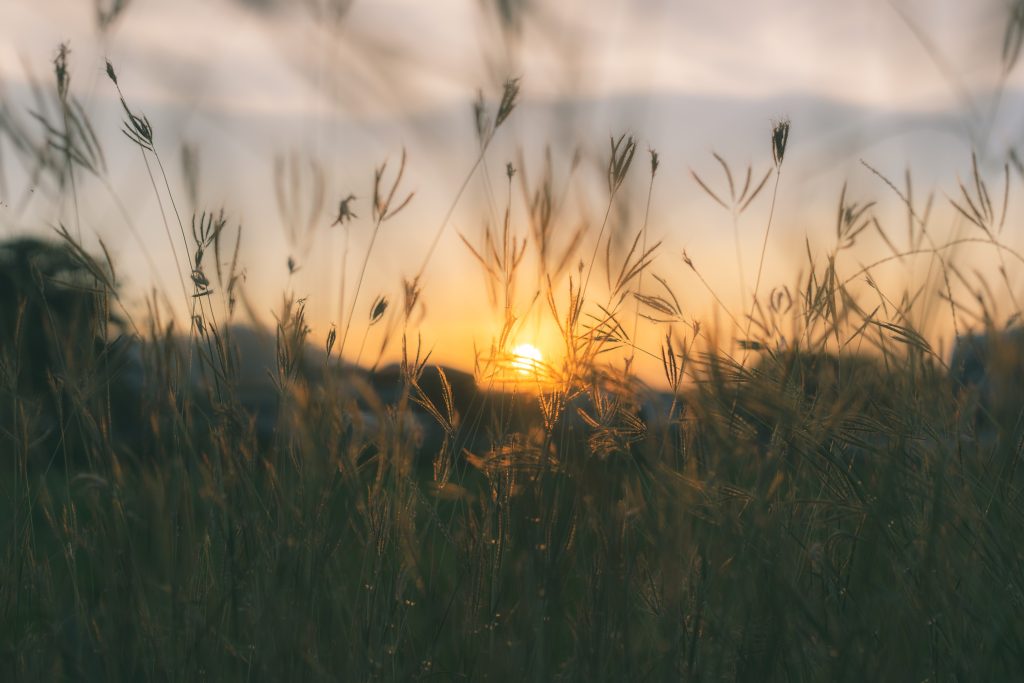
Conclusion
Bison conservation efforts are ideal representations of the successful interweaving of Western science and Indigenous ecological knowledge. Like the Indigenous populations, today’s bison are survivors of colonial forces. Thus, restoring the Plains bison populations is a valuable opportunity for governments and Indigenous nations to collaborate, heal relationships, and build trust in pursuit of Reconciliation.

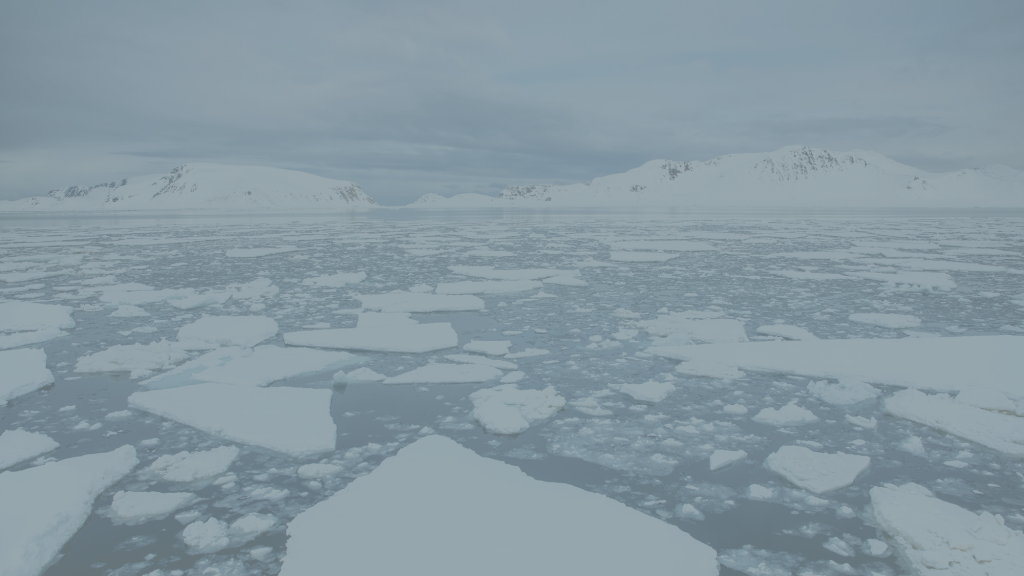


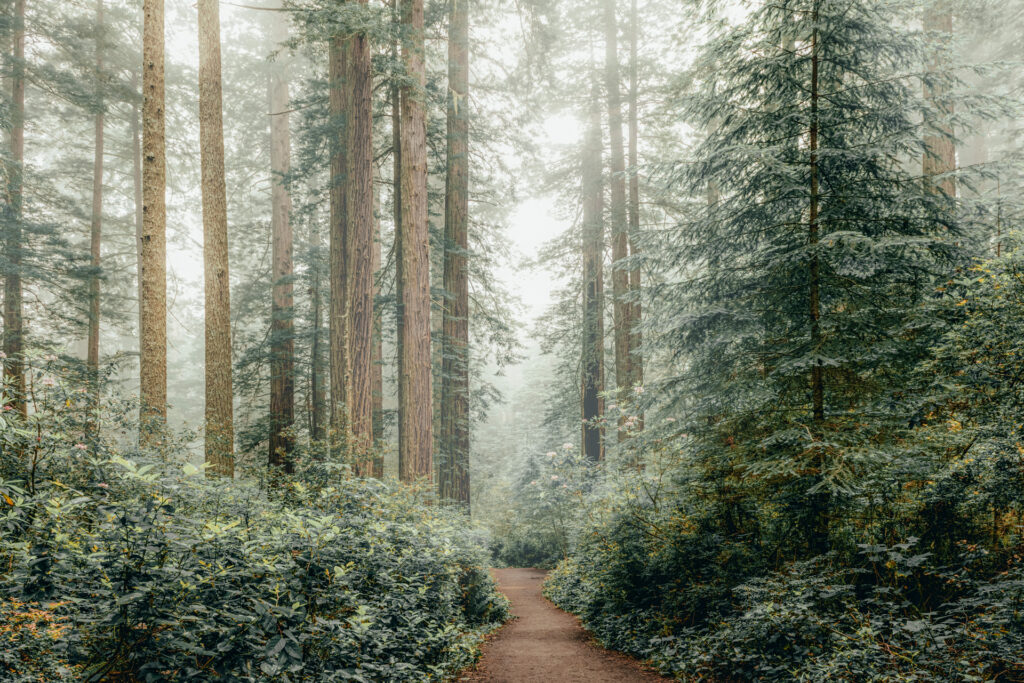
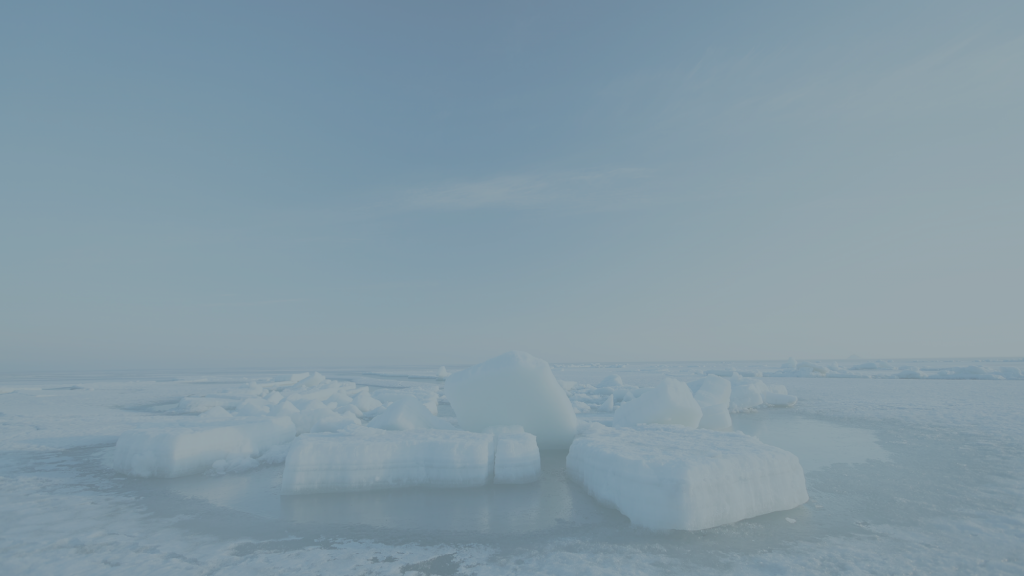
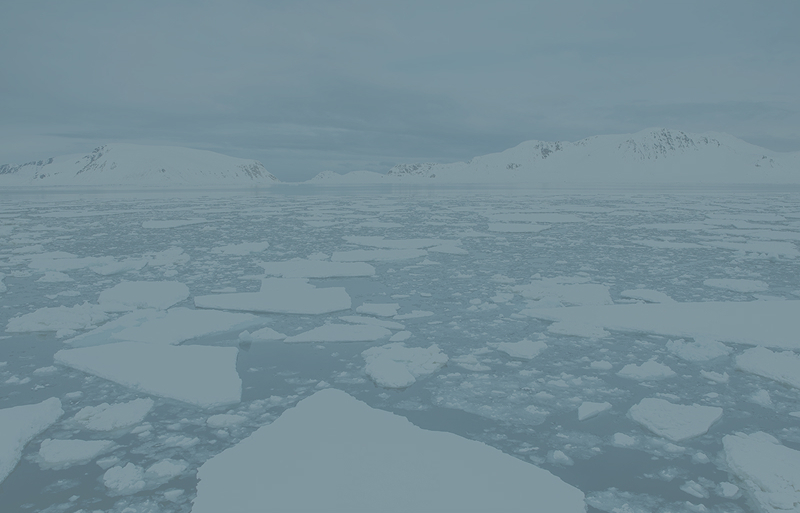
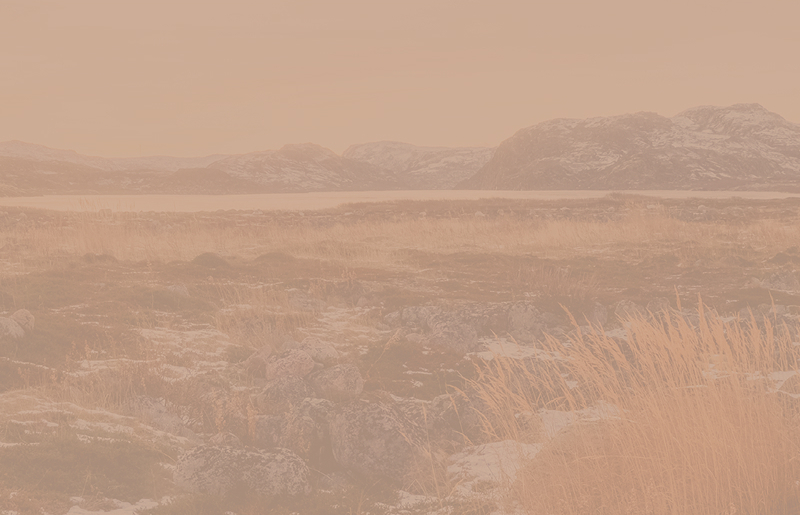


Share the article